Neighbourliness – Early Bronze Age conference in Slovakia
This is the 26th time that the “Early Bronze Age in Central Europe” conference has been held from October 21 to 24, 2019. This time the event was organized by the University of Bratislava in Modra, a popular tourist destination close to the Slovak capital.
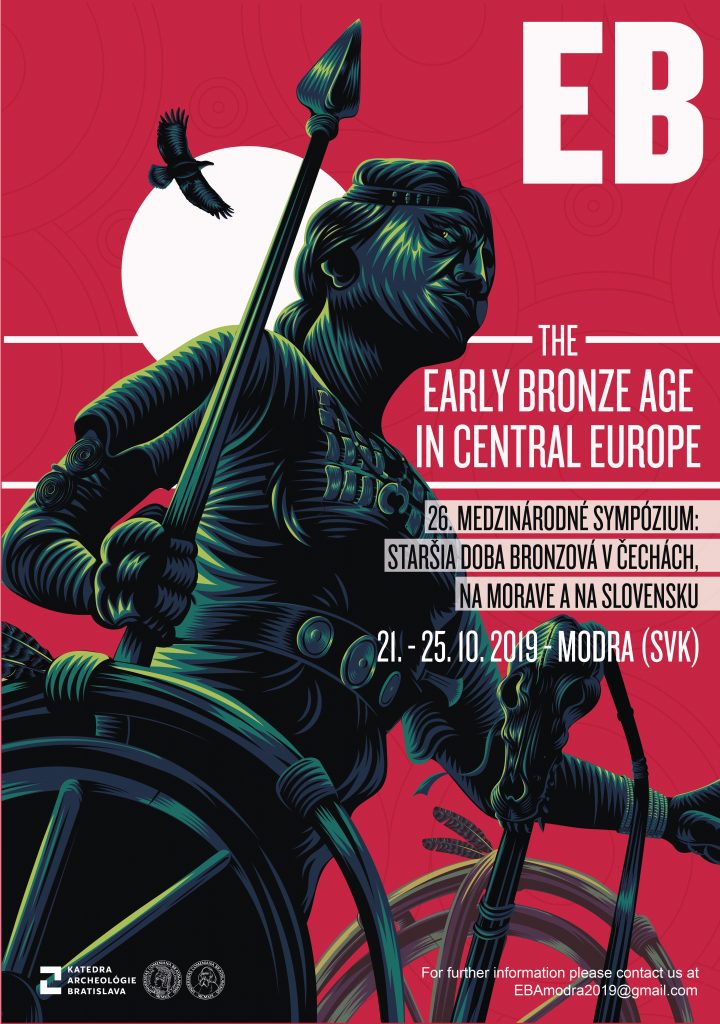
The poster of the conference (Source: https://fphil.uniba.sk/en/conference-modra-2019/)
I have been able to participate regularly in the biennial conference of Czech, Slovak and occasionally Austrian, Polish and Hungarian research results. This time I was the only speaker either from Hungary or with an English lecture (Recent data on the Gáta-Wieselburg culture from Hungary). As the territory of the Early and Middle Bronze Age culture in question covers parts of Slovakia, Austria and Hungary, I considered it important to present the West-Transdanubian research results of the Momentum Mobility Research Group at this forum. Northwestern Transdanubia was the “open gate” to the western part of Central Europe through the Danube and Rába rivers in the period between 2100-1600 BC.
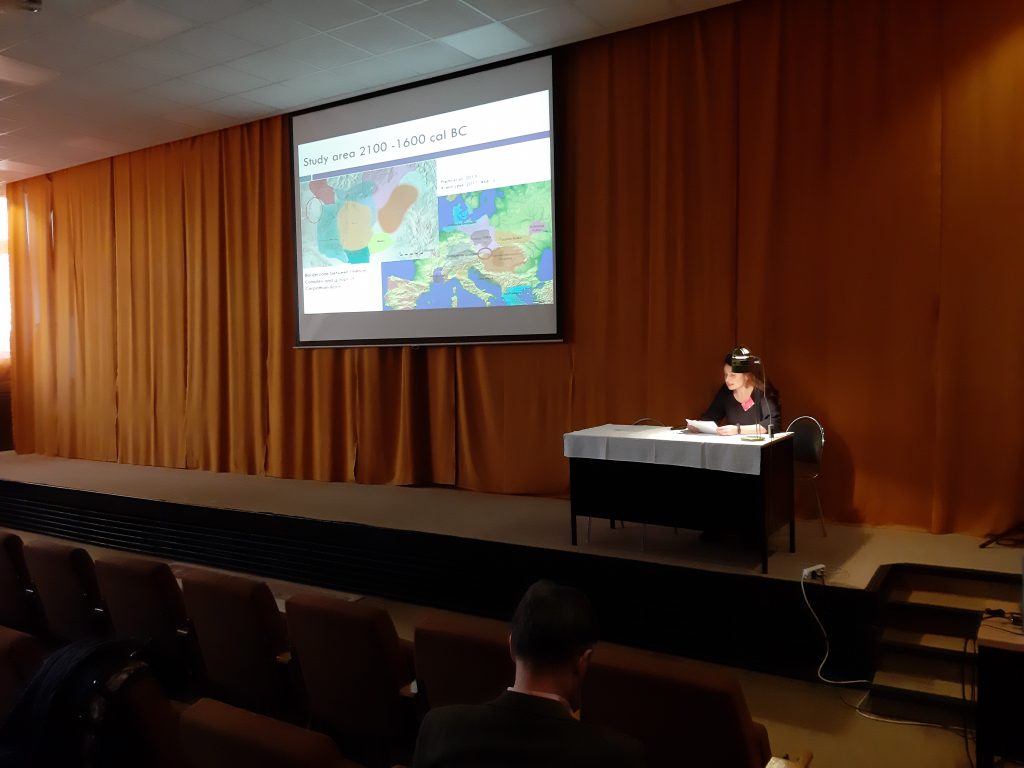
During the lecture (photo: Tomáš Pišúth)
The conference was a good opportunity to discuss our latest results with researchers from the surrounding countries and to study recently investigated archaeological sites that are well comparable to West-Transdanubian Early and Middle Bronze Age finds. During the trip organized on the third day, we became acquainted with the sites in a more informal way: we visited the fortified Middle Bronze Age settlement near Budmerice and the Early Middle Ages fortresses in the Little Carpathians (Modra, Svätý Jur).
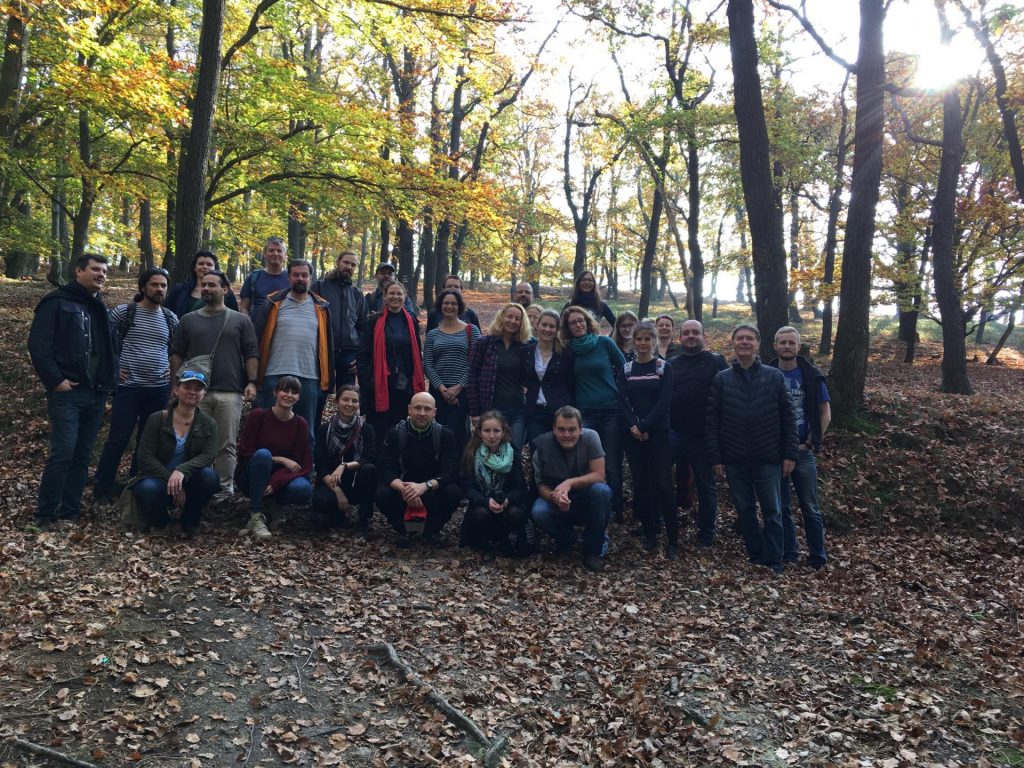
The participants of the conference at the hillfort by Modra (Photo: Martin Bača)
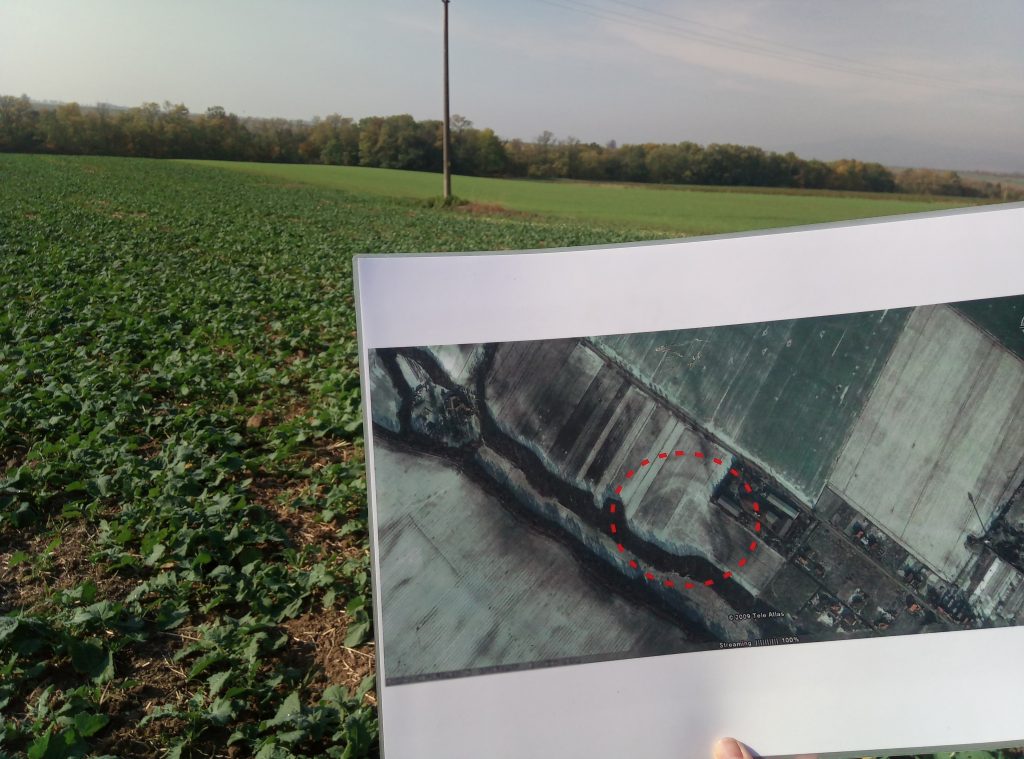
Budmerice, a fortificated Middle Bronze Age settlement (Google Satellite image with the site in the background. Photo: Eszter Melis)
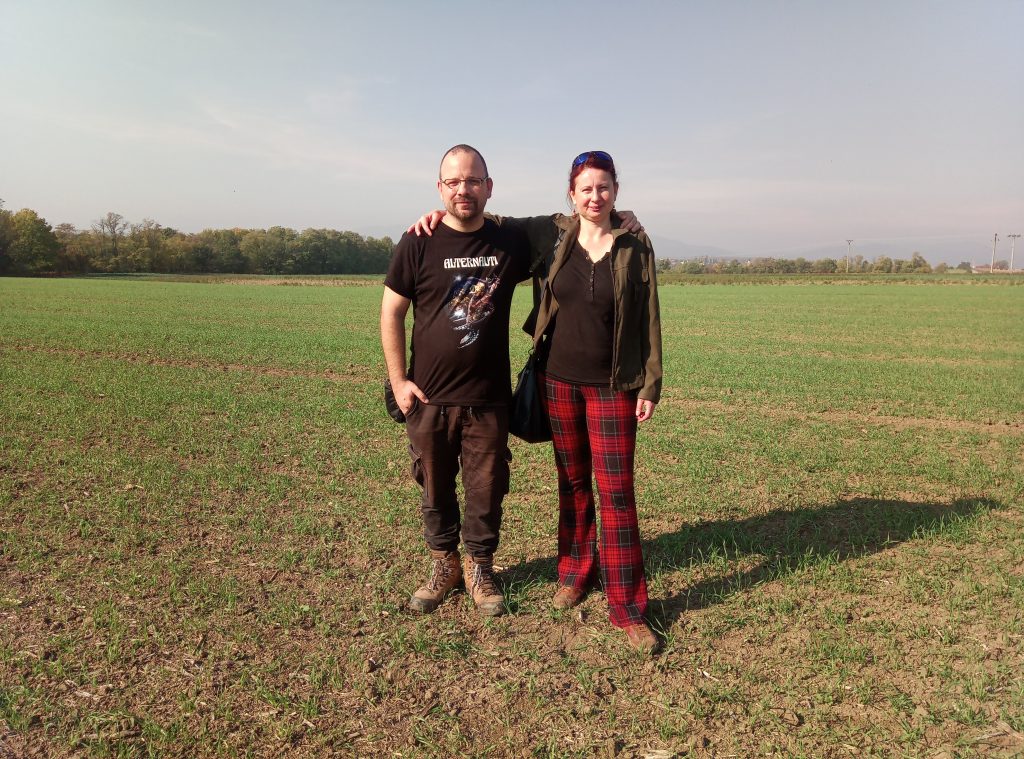
At the site (Budmerice) with one of the excavating archaeologists, Pavol Jelínek (Photo: Mária Valigová)
Recent data on the Gáta-Wieselburg culture from the territory of Hungary – abstract
Eszter Melis
In the last two decades significant amount of new data has contributed to archaeological research of Early and Middle Bronze Age in western Hungary. A number of newly discovered settlements and cemeteries assigned to the Gáta-Wieselburg culture supplemented its eastern distribution area. Several radiocarbon data with the support of Momentum Mobility Research Group (principal investigator: Viktória Kiss) made it possible to reconstruct the absolute chronological situation of the sites on the border of Hungarian and Central European chronological systems. The ongoing detailed investigation of three regions (Nagycenk, Hegyeshalom, Ménfőcsanak) helps to analyse the burial customs and settlement strategies at the western gateway of the Carpathian Basin. The collection of substantial archaeological data could shed more light on the connection between the Únětice complex and the cultural groups of the Carpathian Basin (Kisapostag culture, Transdanubian Encrusted Pottery).








